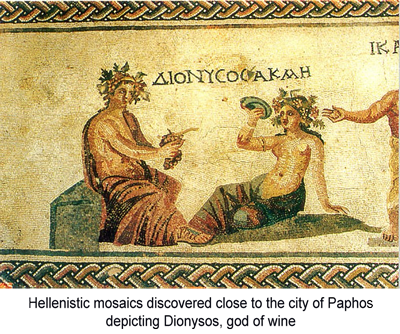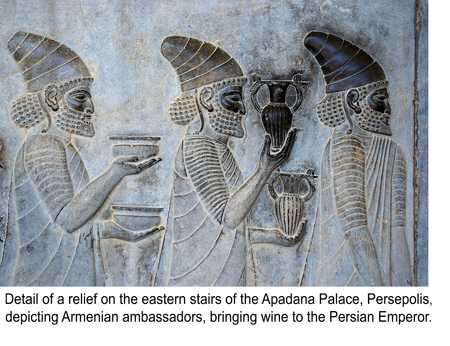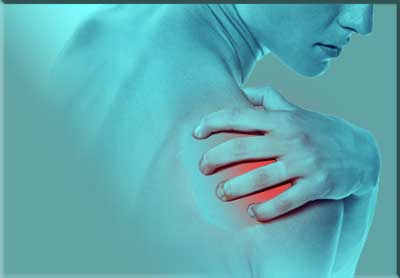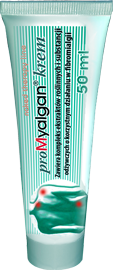Resveratrol
Grape-Vine Leaf Extract (Vitis vinifera) is a rich source of numerous polyphenols from which resveratrol is the most important. Plants containing resveratrol have been used effectively in traditional medicine for over 2000 years. It can be found in some plants, fruits, and derivatives, such as red wine. Therefore, it can be administered by either consuming these natural products or intaking nutraceutical pills. Resveratrol exhibits a wide range of beneficial properties, and this may be due to its molecular structure, which endow resveratrol with the ability to bind to many biomolecules. Among these properties its activity as an anticancer agent, a platelet antiaggregation agent, and an antioxidant, as well as its antiaging, antifrailty, anti-inflammatory, antiallergenic, and so forth activities, is worth highlighting. These beneficial biological properties have been extensively studied in humans and animal models, both in vitro and in vivo. The issue of bioavailability of resveratrol is of paramount importance and is determined by its rapid elimination and the fact that its absorption is highly effective, but the first hepatic step leaves little free resveratrol. Clarifying aspects like stability and pharmacokinetics of resveratrol metabolites would be fundamental to understand and apply the therapeutic properties of resveratrol.
Resveratrol also has positive impact on the circulatory system (improves oxygenation of the body) and the immune system (improves immunity) and supports the detoxification of the body.
Quercetin
Quercetin is a plant pigment from the flavonoid group of polyphenols. It is found in many fruits, vegetables, leaves, seeds, and grains; capers, red onions, and kale are common foods containing appreciable amounts of it. It has a bitter flavor and is used as an ingredient in dietary supplements, beverages, and foods.
Flavonoids, such as quercetin, are antioxidants. They scavenge particles in the body known as free radicals which damage cell membranes, tamper with DNA, and even cause cell death. Antioxidants can neutralize free radicals. They may reduce or even help prevent some of the damage free radicals cause. In test tubes, quercetin has strong antioxidant properties. But researchers are not sure whether taking quercetin (and many other antioxidants) has the same effects inside the body.
Hereinafter are listed some health conditions where quercetin consumption may have positive effect.
- Allergies, asthma, hay fever and hives
- Heart disease
- High cholesterol
- Hypertension
- Interstitial cystitis
- Prostatitis
- Rheumatoid arthritis (RA)
- Cancer
- Cataract
- AIDS
- Diabetes
In addition, quercetin has a protective effect on vitamins C and E, preventing the oxidation of ascorbate, through the possibility of chelation of copper ions and other transition metals. It strengthens blood vessels, thanks to which it supports the treatment of subcutaneous bleeding, hemorrhoids, varicose veins, as well as reduces blood clots, hence it also has anti-atherosclerotic properties.
Red Grape Leaf Extract (Red vine leaf extract = RVLE) brings relief to tired and swollen legs. It has a soothing, anti-swelling and relaxing effect. Red grape leaves contain active substances that have the ability to strengthen connective tissue. The red grape leaves contain ingredients that help to remove swelling of the feet and limbs and relieve pain, significantly supporting regenerative processes. The effect of red grape leaves has been confirmed in clinical trials. Preparations containing red grape leaf extract strengthen blood vessels and prevent them from breaking, improve circulation and effectively reduce leg pain caused by varicose veins.

 Wine has been produced for thousands of years, with evidence of ancient wine production in Georgia from c. 6000 BC (the earliest known traces of wine), West Azerbaijan province of Iran from c. 5000 BC, Armenia from c. 4100 BC (large-scale production), and Sicily from c. 4000 BC. The earliest evidence of a grape and rice mixed based fermented drink sometimes compared to wine was found in ancient China (c. 7000 BC).
Wine has been produced for thousands of years, with evidence of ancient wine production in Georgia from c. 6000 BC (the earliest known traces of wine), West Azerbaijan province of Iran from c. 5000 BC, Armenia from c. 4100 BC (large-scale production), and Sicily from c. 4000 BC. The earliest evidence of a grape and rice mixed based fermented drink sometimes compared to wine was found in ancient China (c. 7000 BC).







